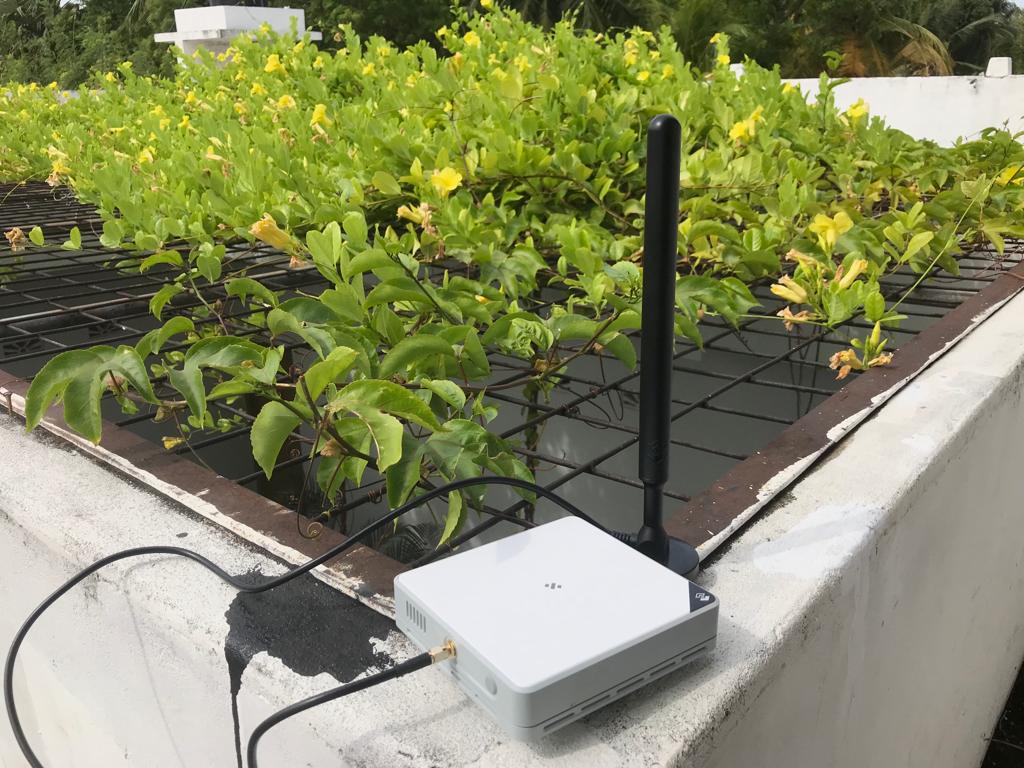Digital Naturalism Conference 3 in Sri Lanka: Seeed Facilitated an AIoT2Wild Workshop and Hands-on Project Using SenseCAP K1100 Kit for Smart Luffa Farming!
By Ye Seong SHIN 2 years agoFrom July 10th to 20th, Seeed’s Field Application Engineer, Lakshantha Dissanayake went to Sri Lanka for an on-site event called ‘Dinacon 3’ – an event focused on wild hacking for nature. We’re happy to have supported Lakshantha’s trip to the event, as well as sponsored 6 units of SenseCAP K1100 Kits, and 1 unit of SenseCAP M2 Data-Only LoRaWAN Indoor Gateway for 15 workshop participants and his smart luffa farming project.
Event Name: Digital Naturalism Conference 3 (Dinacon 3)
Event Location: Sri Lanka (Batticaloa)
Targeted Industry Type: Precision Farming
Engaged Partner(s): 
To continue the discourse and our efforts on wildlife, biodiversity, and environmental conservation, Seeed’s Field Application Engineer, Lakshantha Dissanayake (Figure 1) participated in the 3rd edition of The Digital Naturalism Conference (often abbreviated to ‘Dinacon 3’) in Batticaloa, Sri Lanka, from July 10th to 20th, 2022. We’re happy to have supported Lakshantha’s trip to the event, as well as sponsored 6 units of SenseCAP K1100 Kits, and 1 unit of SenseCAP M2 Data-Only LoRaWAN Indoor Gateway for 15 workshop participants and his smart luffa farming project.
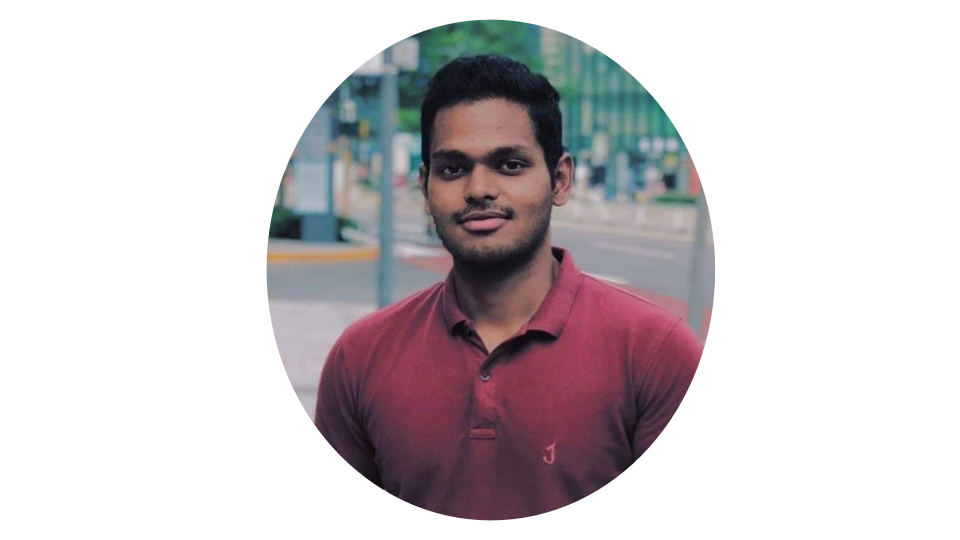
Figure 1. Lakshantha Dissanayake,
Field Application Engineer at Seeed Studio
Now, what is Dinacon 3? Founded and spearheaded by Andrew Quitmeyer (Figure 2) and Digital Naturalism Laboratories (aka, ‘Dinalab’), Dinacon is a non-traditional, extraordinary, experimental, and hands-on annual gathering (more likely, an ‘un’conference) of 100+ people from diverse backgrounds from all fields to collaborate on finding new ways of interacting with nature, through combining Field Biology with Interaction Design and Wild Hacking. For this year, Dinalab partnered with a local non-profit organization – DreamSpace Academy – to organize the Dinacon 3. DreamSpace Academy fosters a cooperative learning environment to tackle socio-economic and environmental challenges in the local community, through adopting challenge-based learning, bottom-up innovation techniques, and impact venture building. As the organizers shared in their promotional video (Digital Naturalism Laboratories, 2021),
“[Dinacon 3] brings people together to make things and explore the natural world. … Interact with forests, spot elephants and whales, while living and working together with scientists, crafters, designers, artists, and hackers from local communities and all around the world. … [Dinacon 3] has a simple, open-ended structure. You just need to, first, ‘make something’, ‘share it openly with the world [through open-sourced documentation]’, and then ‘give others feedback’. ”

Figure 2. Andrew Quitmeyer,
Founder and Executive Director of Digital Naturalism Laboratories and Dinacon
Ⓒ Andrew Quitmeyer (Dinacon, 2017)
Figure 3. Event Venue of Dinacon 3
Ⓒ Lakshantha Dissanayake
The one and only rule at Dinacon 3 was that, every ‘Dinasaur’ (participants refer to themselves as ‘Dinasaurs’) need to build something and document it, that’s closely related to nature. So, all the Dinasaurs were excited to create diverse types of creative workshops and on-site projects covering different topics of interest and fields, including Lakshantha! Out of exciting brainstorming sessions, they made an event schedule that looks like this on the wall:
Figure 4. Event Schedule Created by Dinasaurs
Ⓒ Lakshantha Dissanayake
So, let’s take a deep dive into Lakshantha’s project and workshop at Dinacon 3!
1. Lakshantha’s Project: Smart Farming with LoRaWAN
While studying and exploring the natural surroundings of Batticaloa in the first few days, Lakshantha stumbled upon a luffa farm, from which he made an observation that the vegetable was being cultivated in a traditional manner without any IoT sensors or AI data analytics. Upon careful consideration, he thought this resource-, time-, and labor-intensive farming technique can be upgraded with Seeed’s AIoT products for the digitalization of traditional agricultural sector for sustainability. Based on SenseCAP K1100 Kit’s Wio Terminal (as the main microcontroller), Grove – Wio-E5, Grove – Vision AI Module, Grove – Temp&Humi Sensor, Grove – VOC and eCO2 Gas Sensor, Grove – Soil Moisture Sensor, he developed an IoT-enabled, environmental monitoring device to monitor and analyze the luffa farm in real-time, and chronological manners (Figure 5).
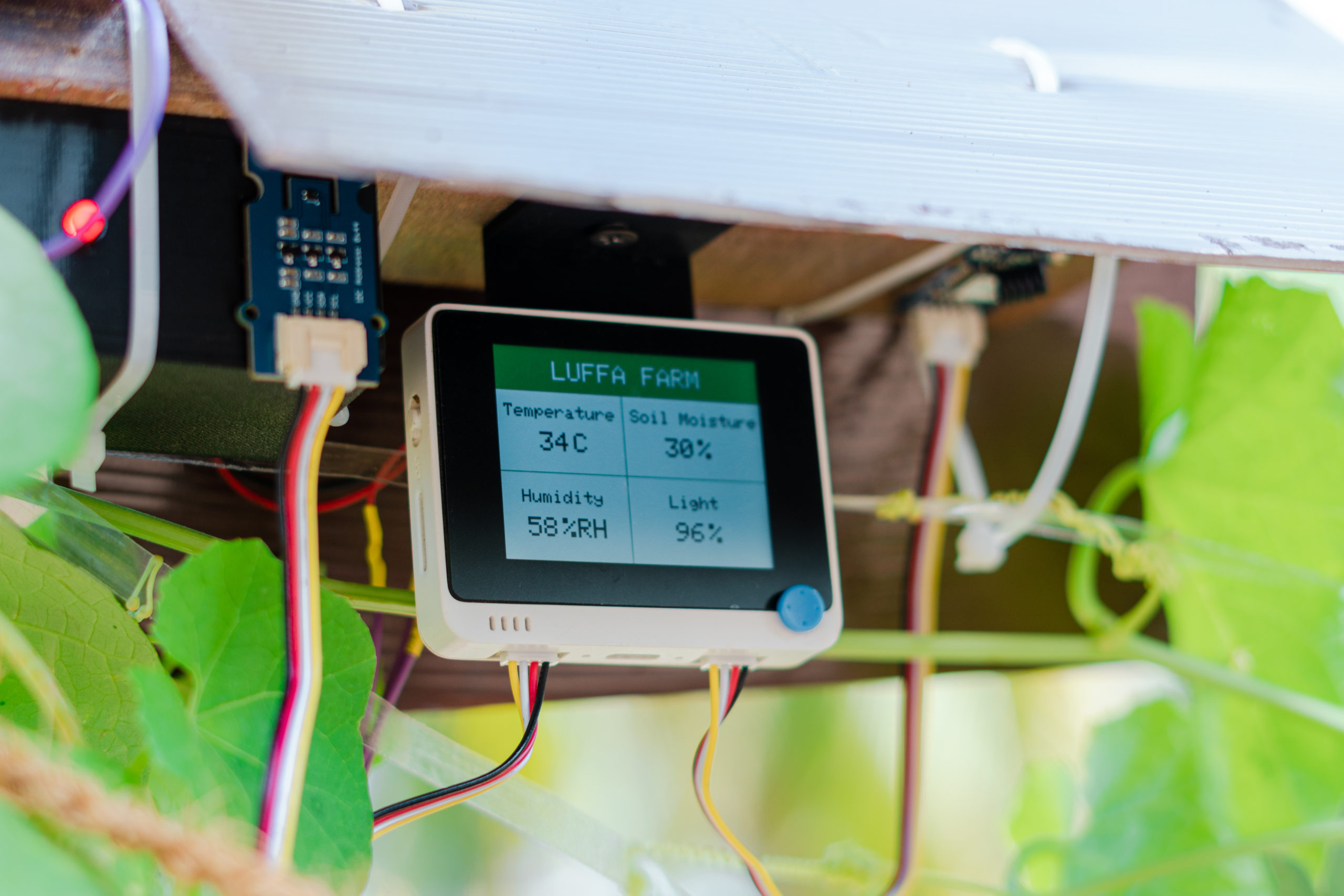
Figure 5. Lakshantha’s AIoT Device for Monitoring the Luffa Farm
Ⓒ DreamSpace Academy
Then, Lakshantha was encountered with a challenge – how to send all the collected environmental sensor data to the cloud for visualization? Since Wifi communication means IoT sensors should be deployed within the close proximity of a Wifi router, Lakshantha chose to use LoRa instead of Wifi, because it enables long-distance communication. For this, he made use of the SenseCAP M2 Data-Only LoRaWAN Indoor Gateway, through which the collected environmental data from the sensors were sent to the cloud. Afterwards, the data was visualized on his computer dashboard. To make the device resource-efficient and sustainable, Lakshantha made the device to be operated with solar power.
The LoRaWAN Gateway was set up inside the premises of DreamSpace Academy, and Lakshantha managed to receive just enough of the LoRaWAN signal strength for the sensors set up in the luffa farm, although the farm was located a bit far away from the LoRaWAN Gateway. By setting up this one LoRaWAN Gateway, any Dinasaurs in Dinacon 3 were able to use and test their own LoRa nodes and sensors by connecting them with this LoRaWAN Gateway (Figure 6).
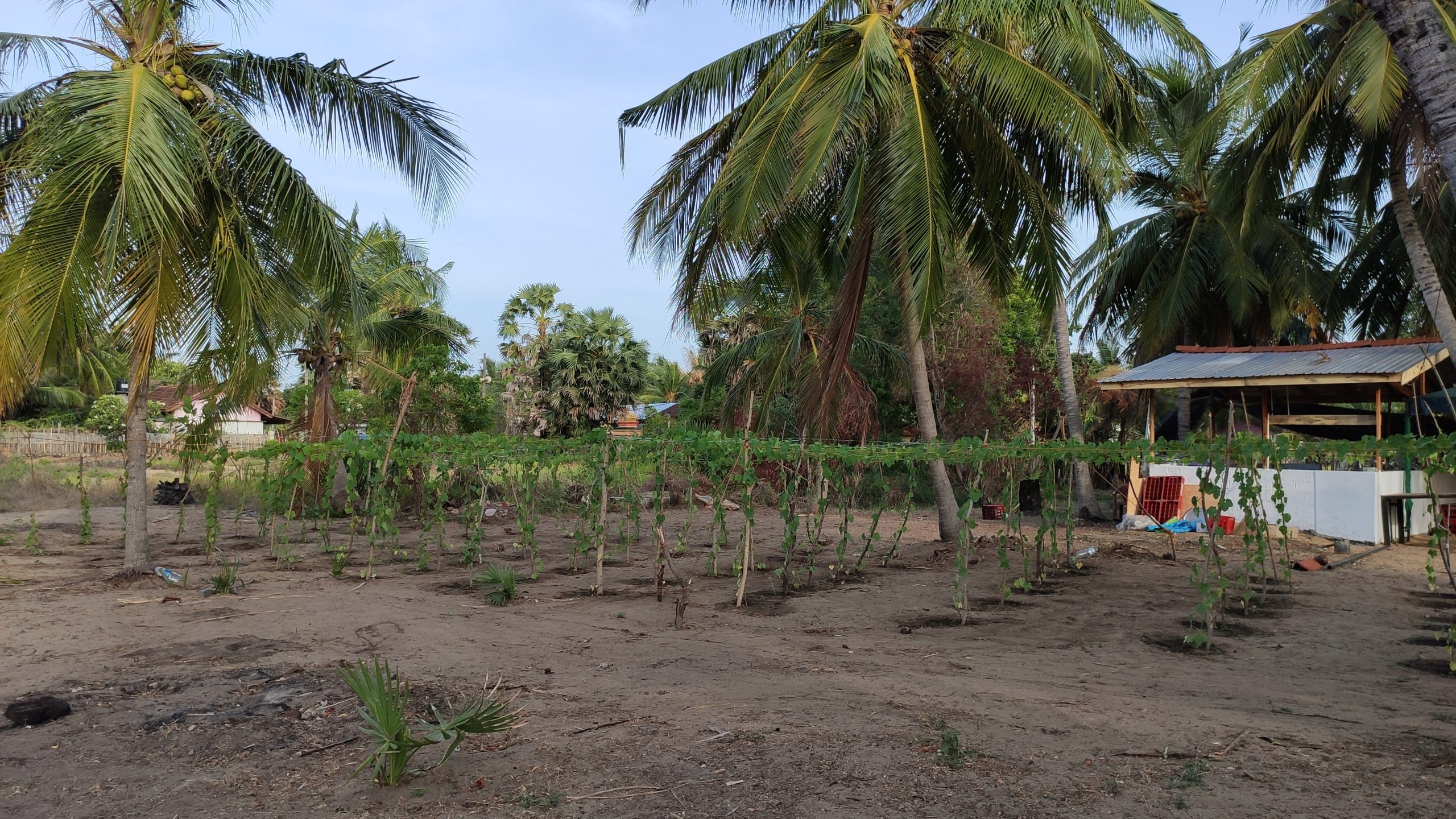
Figure 6. SenseCAP LoRaWAN Gateway Deployed in DreamSpace Academy
Ⓒ Lakshantha Dissanayake
Now, let’s find out ‘how’ Lakshantha made this luffa farm monitoring device!
First of all, so as to enable the real-time and chronological monitoring (non-stop monitoring) of the farm, Lakshantha had to make the project powered-on all day long. Unfortunately, however, there were no power outlets nearby the farm. Therefore, his only option to fully power it up was to use solar panels. Therefore, he set up 6 small solar panels (5V/100mA each) together, so as to make a solar storage big enough for the successful operation of his prototype device.
After that, Lakshantha prepared a simple circuit with a TP4056 battery charger, a 18650 battery, and an MT3608 DC-DC Step-Up Converter. The idea was to connect the 18650 Lithium-ion battery to the TP4056 battery charger and connect the solar panel to the TP0456 so that the solar panel will be able to charge the 18650 battery. Also, an MT3608 DC-DC Step-Up Converter was used to keep the output voltage at 5V because the goal was to power the Wio Terminal using a regulated 5V input supply (Figure 7).
Figure 7. Lakshantha Working on Solar Panels and Assembling Seeed’s Grove Sensors
Ⓒ Lakshantha Dissanayake, DreamSpace Academy
After soldering all the connections, Lakshantha thought of making an enclosure for the monitoring device, since it will be deployed outside in the luffa farm field. He designed a simple box using Fusion 360 and 3D-printed it (Figure 8). Not only that – but also a small hanging structure for a Wio Terminal to hang onto the wooden plank!
Figure 8. Designing and 3D Printing the Device Enclosures
Ⓒ DreamSpace Academy, Lakshantha Dissanayake
After the box was printed, Lakshantha put the connected circuit into the box, and then the battery was installed. The regulated 5V output from the circuit was connected to the 5V pin of the Wio Terminal. Afterwards, the connected output from the MT3608 was connected to the Wio Terminal, which was also connected to a temperature and humidity sensor, LoRa transceiver, and a soil moisture sensor (Figure 9). Next, he connected the Wio Terminal to a computer, and carried out programming on Arduino IDE for the device to work.
Figure 9. Putting IoT Sensors Into the Device Enclosures
Ⓒ Lakshantha Dissanayake, DreamSpace Academy
Et voilà! Once the final monitoring device was fully developed and programmed, he even made a small hood out of a cardboard, so as to safeguard all the hardware components from rain and other extreme weather conditions. Lakshantha deployed the device at DreamSpace Academy, and soon enough, all the data from sensors were sent to the LoRaWAN Gateway, and transferred to Helium LoRaWAN network server. After that, analyzed data was sent to Azure IoT Central to become visualized in the forms of graphs and statistics (Figure 10). If you’re curious to find out more about this project, check out Lakshantha’s full project documentation on Hackster.io:
https://www.hackster.io/meilily-li/smart-luffa-farming-with-lorawan-b705b0
Figure 10. Smart Luffa Farming Device Deployed Outside
Ⓒ DreamSpace Academy, Lakshantha Dissanayake
2. Lakshantha’s Workshop: Using SenseCAP K1100 Kit with LoRaWAN to Send IoT Sensor Data Over Long Distances
Other than his Smart Luffa Farming project, Lakshantha organized a hands-on workshop on how to use the SenseCAP K1100 Kit with Arduino programming and transfer sensor data through the LoRaWAN Gateway over long distances. There were 15 participants from DreamSpace Academy, the local community, and Dinasaurs from the USA and India (Figure 11), and they worked in small groups to do the hands-on learning through with SenseCAP K1100 Kit brought by Lakshantha. Simultaneously, a brief overview of the Helium network coverage was demonstrated because the LoRaWAN network he used for the workshop was Helium. At the end of the workshop, all the participants were able to visualize the sensor data on Microsoft Azure IoT Central Dashboard.
“I moved onto the part where we send this sensor data to the cloud via a LoRaWAN gateway. Here the LoRaWAN gateway which I already set up before, for my project at the DreamSpace was used. I guided the attendees to create their own Helium accounts and write codes so that the Wio Terminal can be connected with Helium network, with the help of Grove – Wio-E5 LoRaWAN Module, and send the connected sensor data to the Helium console. Next, I helped them to set up a Microsoft Azure integration with the Helium console, so that this sensor data can be sent to Microsoft Azure IoT Central Dashboard to visualize the sensor data!”
– Lakshantha
In conclusion, the Dinasaurs were excited to learn about open source AIoT tools and LoRa technology, and they shared their passion in building their own AIoT innovations for various sustainability goals. You can learn more about AIoT tools by visiting well-documented Seeed wiki pages about SenseCAP K1100 Kit! And, make sure to check out Lakshantha’s article to find out more about Dinacon 3 here!
Figure 11. Workshop on SenseCAP K1100 Kit and LoRaWAN
Ⓒ DreamSpace Academy, Lakshantha Dissanayake
Wait, before we conclude this blog, you might wonder, “what’s SenseCAP K1100 Kit (Figure 12)?” It’s an open-source prototype kit designed to incentivize the co-creation of IoT sensors to tackle real-world challenges. Thus, the Kit enables you to rapidly digitize the world using LoRaWAN® and help accelerate solving real-world challenges. With this plug-and-play toolkit, anyone can add AI to their edge devices and unlock the potential of AIoT. That being said, it’s compatible with easy-to-start programming platforms like Arduino for customized coding. Moreover, users can train Wio Terminal with TinyML models using in-built features and Grove sensors. For your inspirations, check out winners’ projects from Seeed’s IoT2Wild Contest to meet like-minded people worldwide – all motivated to use IoT, AI, and Edge Computing to solve challenges relating to wildlife, biodiversity, and environmental conservation: https://www.hackster.io/contests/iotinthewild
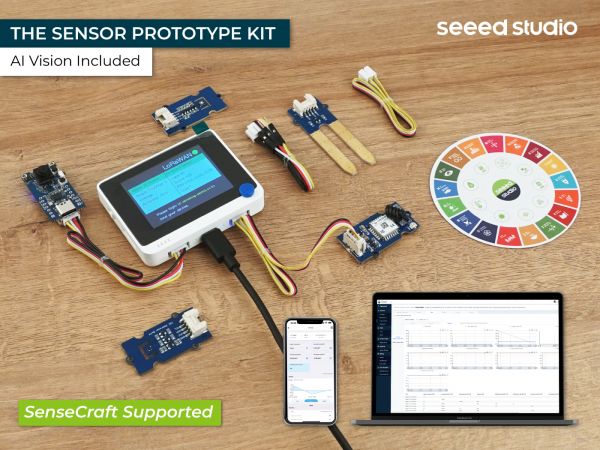
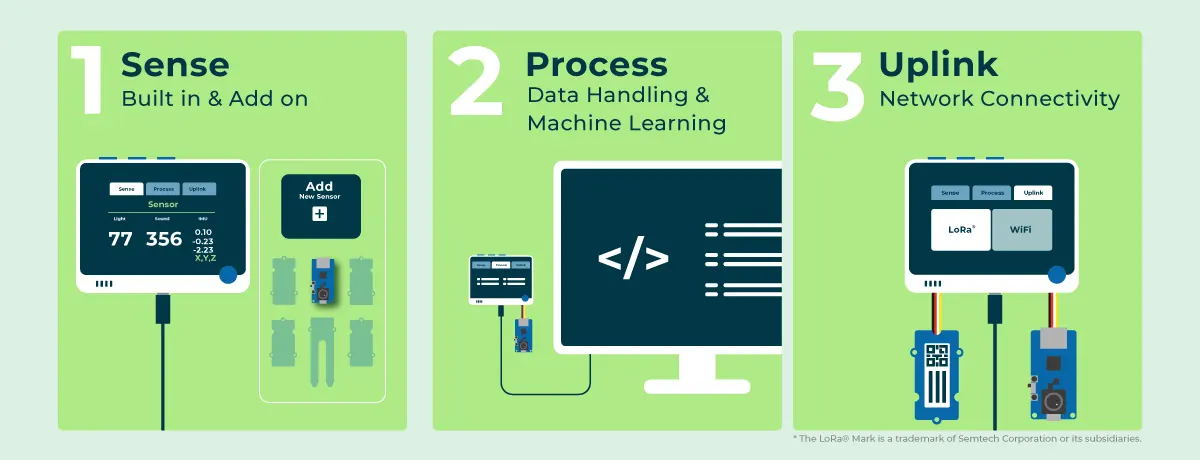
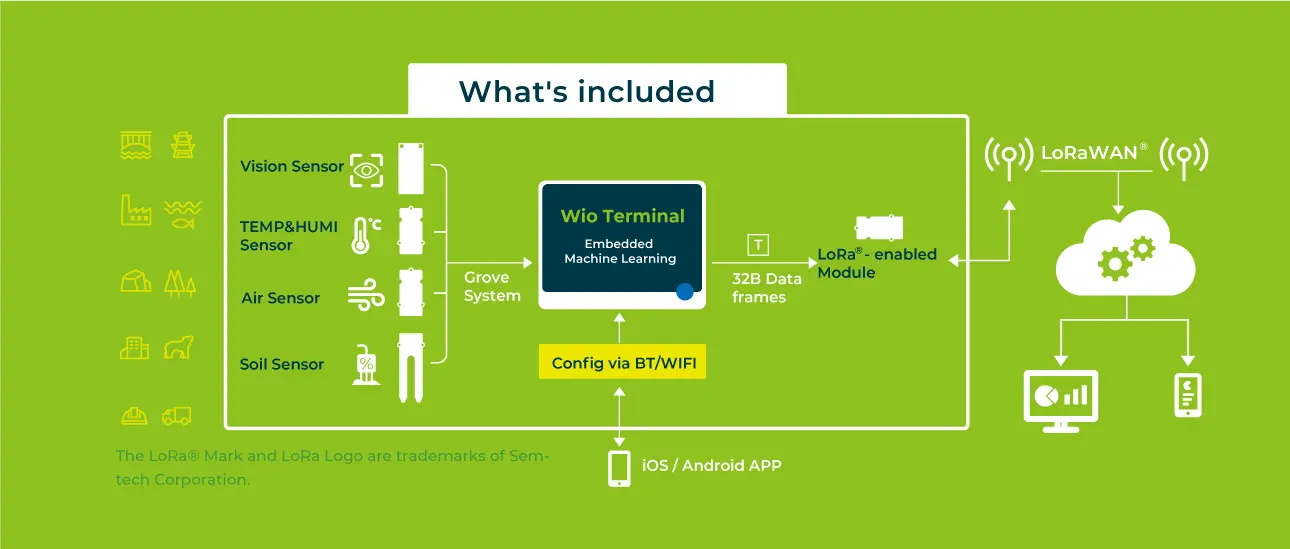
Figure 12. SenseCAP K1100 Kit: How It Works
Attribution: The ‘LoRa®’ mark is a trademark of Semtech Corporation and its subsidiaries.
About Author
Ye Seong SHIN
Sustainability and CSR Manager at Seeed Studio
。
Jointly organize/participate in multi-stakeholder projects/platforms/events/webinars/workshops/hackathons/etc. to accelerate SDGs with local communities and open tech anywhere in the world by connecting with Ye Seong SHIN today on LinkedIn.
。
Seeed Studio is the IoT and AI solution provider for all types of traditional industries’ sustainable digitalization. Since its establishment in 2008, Seeed Studio’s technological products and customization services are used for smart agriculture, smart cities, smart environmental monitoring, smart animal farming, smart aquaculture, meteorological monitoring, STEAM education, and all types of emerging scenarios enabled by the Industry 4.0. With the company’s mission to “Empower Everyone to Achieve Their Digital Transformation Goals” (which shares similar values with SDGs’ Motto of “Leave No One Behind”), Seeed Studio is devoted to using open source technologies for accelerating SDGs with multi-stakeholders from UN agencies, academia, companies, CSOs, governments, public/private organizations, and so on. This is why, Seeed Studio also founded “Chaihuo Maker Space”, and started China’s first Maker Movement by annually organizing “Maker Faire Shenzhen”.
